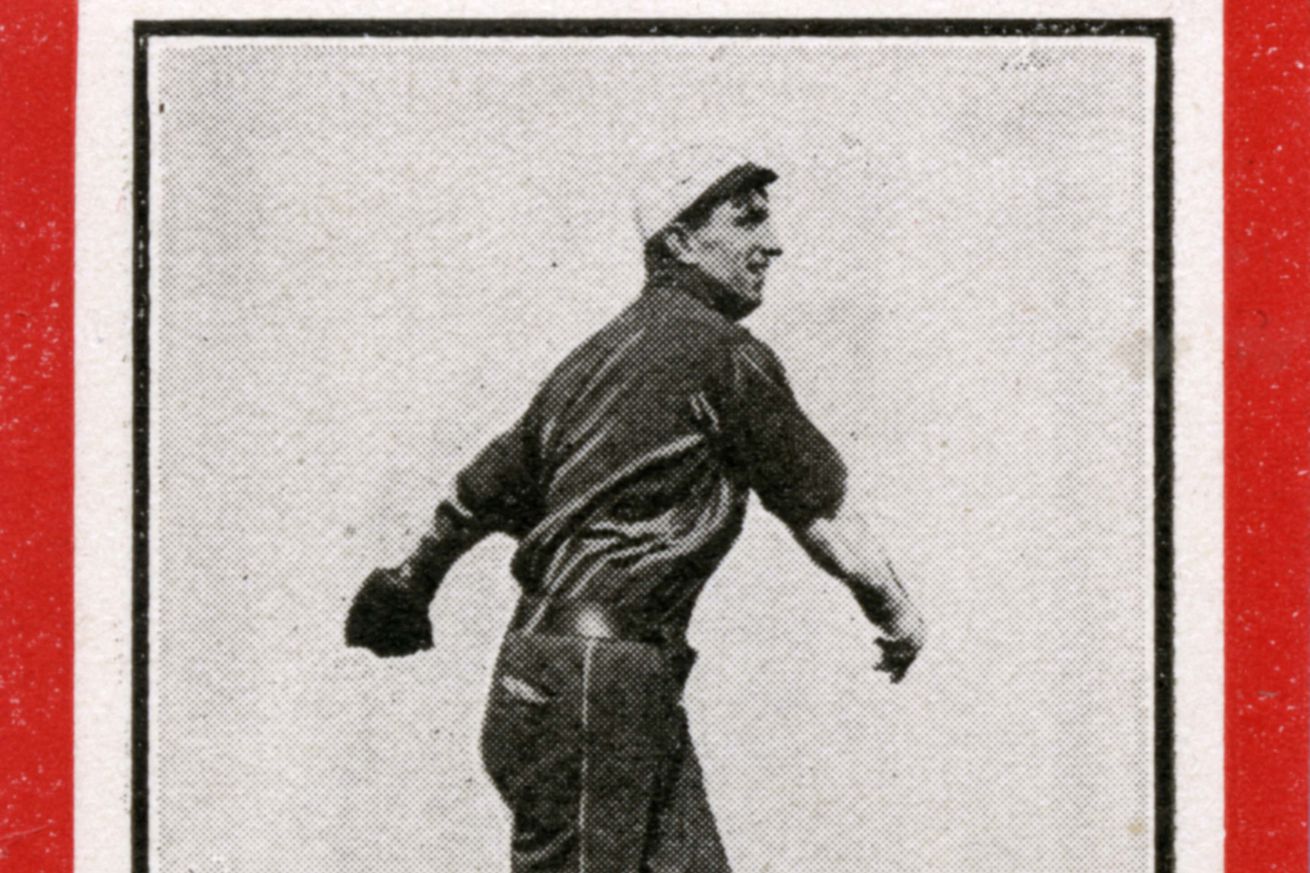
Don’t let the 1908 club get hot!
1908
Here’s all you need to know about how close the pennant race started, as in just four days, with four wins, the White Sox leaped from sixth in the American League to a tie for first place. All in all these wins came as part of a 13-game winning streak that still stands as the franchise’s third-longest. The hot run swung the White Sox five games in the standings, from 2 ½ down in the race to 2 ½ ahead, in first place. However, the White Sox remained there for just 11 games, as the club dropped as far back as 7 ½ games in the race before a furious finish that found them falling just short: 88-64 and 1 ½ games from meeting the Cubs in the second Crosstown World Series in three seasons.
1947
Luke Appling Day was celebrated at Comiskey Park. The future Hall-of-Famer was among the all-time Sox leaders in numerous categories and won a batting title in 1936, hitting a remarkable .388, and repeated as batting champ in 1943 with a .328 average. He went 1-for-6 in the first game of a doubleheader against Washington, as the Sox lost, 1-0, in 18 innings. (The 18 innings is tied for the 10th-longest game in White Sox history.)
Appling sat out the nightcap, an 8-2 White Sox win.
1951
Chicago-area native Marv Rotblatt became the first pitcher to enter a game while being driven in from the center-field bullpen. Rotblatt relieved starter Ken Holcombe in the eighth inning of Chicago’s 4-2 loss to the Yankees — who stood in their dugout and watched the pitching change in amazement.
And the White Sox picked a great time to unveil this innovation, as a franchise-record 53,940 fans packed Comiskey Park (the record was later broken, but this game remains the third-highest attendance ever in Chicago for a White Sox game as well as the biggest night game crowd ever). The crowd represented 4.1% of the entire season’s attendance (1,328,234), over 77 home dates. And in just two days, another 52,054 fans would watch a doubleheader against these same Yankees.
In the 1960s, Sox pitchers were brought into the game in golf carts, and in 1966, a converted snowmobile (sponsored by Nickey Chevrolet) that was fitted with special skis so as to not harm the grass, performed the task.
1969
The White Sox proved to be polite guests at Yankee Stadium, dropping a doubleheader (3-1 and 11-2) on Mickey Mantle Day. A crowd of 60,096 showed up to see Mantle’s No. 7 retired.
Also on this day, the White Sox traded reliever Bob Locker to the Seattle Pilots for Gary Bell. It was the first and only trade the White Sox had with the Pilots, who moved to Milwaukee in 1970 to become the Brewers. Locker was suffering a horrendous start to the season, with a 6.55 ERA/5.51 FIP over 17 games on the South Side. However, he was revitalized in Seattle and settled in as Pilots closer over 51 games, with a 2.18 ERA/2.94 FIP and six saves. The rebirth extended Locker’s career, as he would pitch effectively until 1972; in fact, Locker would never have a full season ERA of worse than the 3.15 he spun as a White Sox rookie in 1965.
By contrast, Bell was just as bad in Chicago as Locker had been and would never again pitch in the majors after 1969.
1981
The new-look White Sox found themselves on the cover of Sports Illustrated. Slugger Greg Luzinski was featured with the headline, “The Sox’ New Sock.”
The White Sox beat Toronto that day, 8-2, moving to 28-22 and starting a six-game winning streak.
2001
White Sox outfielder Carlos Lee became the first player to hit a walk-off, extra-inning grand slam in interleague play (including the World Series). His blast in the 10th inning came with two outs, and blew up the Cubs 7-3 at Comiskey Park, in front of a record-setting 45,936 fans. The shot was off of Courtney Duncan. Lee had five RBIs that evening.
It was the fifth walk-off grand slam in White Sox history.
2008
The White Sox tied a major league record when they scored 10 or more runs with 15 or more hits in three consecutive games. The Sox powered past Minnesota three straight times, on their way to a four-game series sweep. The record-setting scores were 10-6, 11-2 and 12-2. The Sox hit eight home runs in the three games, with four coming off the bat of Joe Crede. He had two home runs in consecutive games, tying the team record.
It was just the 24th time in American League history that a club scored 10 or more runs with 15 or more hits in three consecutive games. The White Sox also accomplished the feat in 1920.